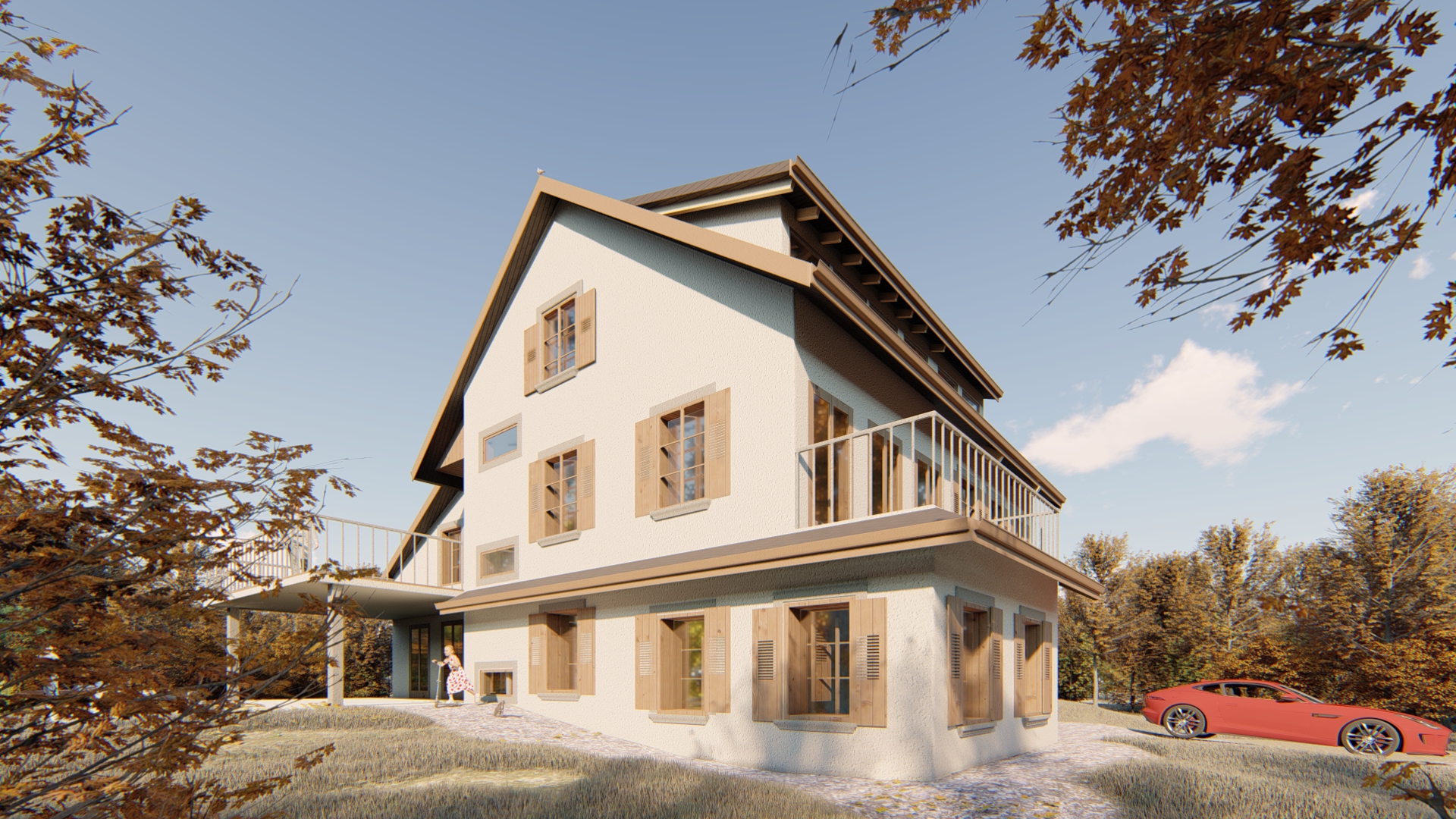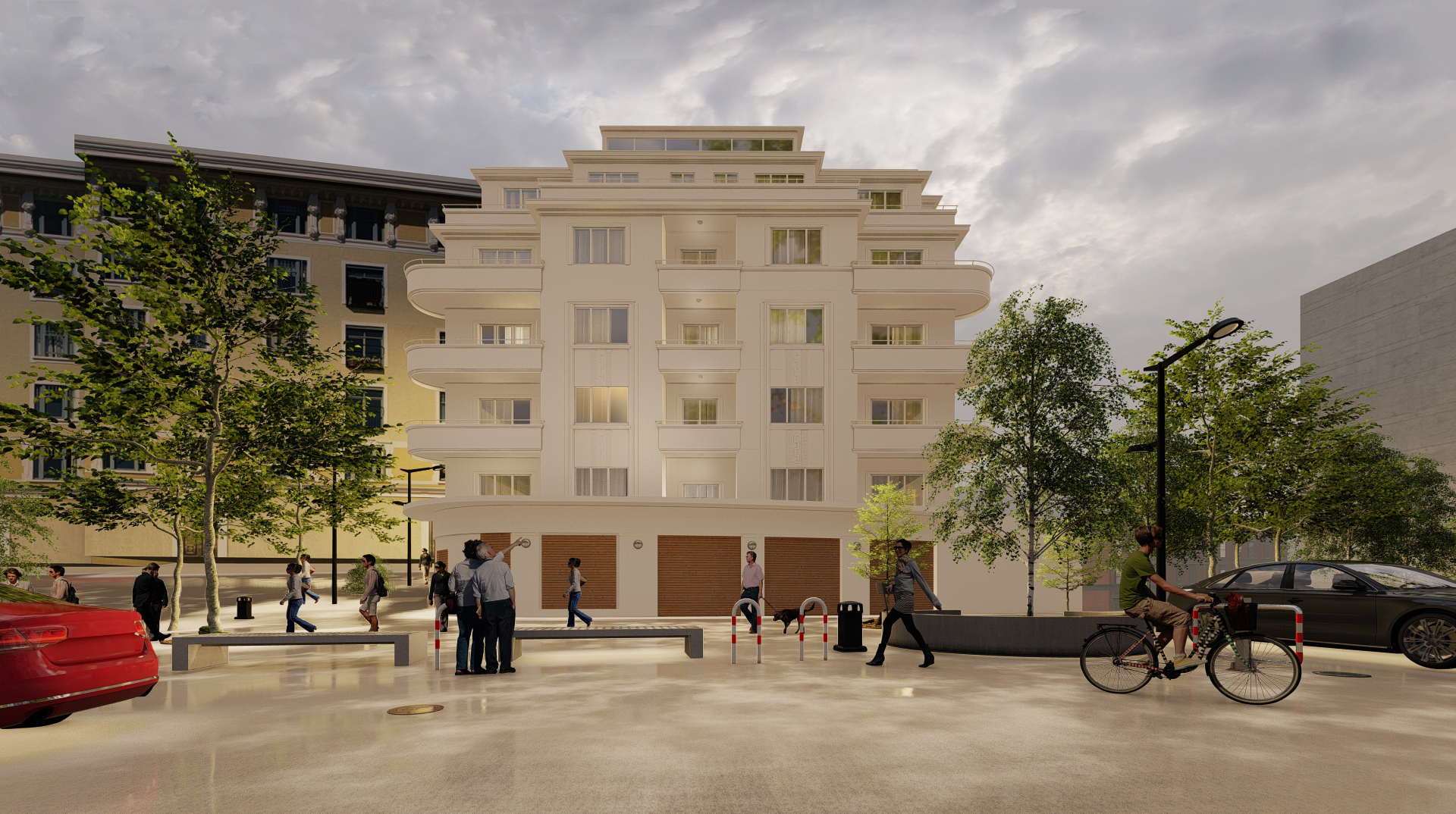As a 3D Modeling and Rendering Assistant, you can offer valuable support to architects and designers in creating visual representations of their ideas. This title highlights your expertise in creating accurate and detailed 3D models, as well as your ability to produce high-quality renderings to showcase design concepts to clients.
Future Trends in 3D Modeling and Rendering: What’s on the Horizon?
As a 3D Modeling and Rendering Assistant, it’s important to stay up-to-date with the latest trends and technologies in your field. Here are some potential future trends that could have a significant impact on 3D modeling and rendering:
Real-time rendering: With advances in graphics processing units (GPUs) and game engine technology, real-time rendering is becoming more feasible for architectural visualization. This allows designers to see their ideas come to life in real-time, with the ability to make changes and adjustments on the fly.
Virtual and augmented reality: Virtual and augmented reality are becoming increasingly popular in the architecture industry, allowing designers and clients to experience designs in immersive and interactive ways. As the technology becomes more accessible and affordable, we can expect to see more widespread adoption of VR and AR for design and visualization.
Artificial intelligence: AI-powered tools and algorithms can help automate certain aspects of the modeling and rendering process, such as generating 3D models from 2D sketches or optimizing render settings for specific environments.
3D printing: 3D printing technology is advancing rapidly, and is becoming increasingly useful for architects and designers to create physical models and prototypes of their designs. This allows for more tactile and interactive exploration of design ideas.
Sustainability and green design: With a growing emphasis on sustainable design practices, we can expect to see more 3D modeling and rendering tools and workflows that support green building practices, such as energy modeling and daylighting analysis.
By keeping up with these trends and integrating them into your workflow, you can stay ahead of the curve and offer valuable services to architects and designers.
Architectural Designer Assistant
As an Architectural Designer Assistant, there are several services you can offer to support architects and designers. Here are some examples:
3D modeling and rendering: You can create 3D models and renderings of architectural designs, helping architects and designers to visualize their ideas and communicate them to clients.
CAD drafting and design: You can use Computer-Aided Design (CAD) software to create technical drawings, floor plans, elevations, and other design documents.
Site analysis and planning: You can provide site analysis services, evaluating factors such as topography, zoning, and local regulations to help architects and designers make informed decisions about site planning.
Building code compliance: You can help ensure that designs are compliant with building codes and regulations, helping architects and designers avoid costly mistakes and delays.
Material research and specification: You can research building materials and help select appropriate materials for a project, taking into account factors such as durability, sustainability, and cost.
Construction administration: You can assist with construction administration tasks such as reviewing shop drawings, responding to requests for information, and conducting site visits to ensure that construction is proceeding according to the design intent.
Visualization Assistant
As a 3D modeling and rendering service provider after point clouds, here are some of the services you can offer:
Point cloud processing: You can offer point cloud processing services such as filtering, registration, and segmentation to convert raw point cloud data into accurate 3D models.
3D scanning: You can offer 3D scanning services using various technologies such as LiDAR, structured light, or photogrammetry to capture 3D data of physical objects.
3D modeling: You can offer 3D modeling services to create accurate and detailed 3D models from point cloud data. This can involve using specialized software to create surface meshes or solid models that accurately represent the physical object.
CAD modeling: You can offer Computer-Aided Design (CAD) modeling services to refine the 3D model and ensure it is manufacturable. This can involve adding additional features, optimizing the model for specific materials or manufacturing processes, and creating technical drawings.
Rendering: You can offer rendering services to create realistic and high-quality 2D images or animations of the 3D model. This can involve using specialized software to add lighting, textures, and other visual effects to the 3D model to create a visually appealing result.
Virtual Reality (VR) and Augmented Reality (AR): You can offer VR and AR services to create immersive experiences based on the 3D model. This can involve using specialized software to create interactive 3D environments or overlays that can be viewed through a VR or AR headset.
These are just a few examples of the services you can offer as a 3D modeling and rendering service provider after point clouds. The specific services you offer may depend on your expertise and the needs of your clients.

What services can you offer more when you do modelisation 3D after points clouds and rendus 3D
If you are offering 3D modeling and rendering services after point clouds, there are several additional services you can offer to your clients. Here are a few examples:
Point cloud data processing: Before creating 3D models, point cloud data may need to be processed to ensure it is accurate and complete. You can offer point cloud data processing services such as filtering, registration, and classification.
3D scanning: In some cases, clients may not have access to point cloud data and may need 3D scanning services to create a digital model of a physical object. You can offer 3D scanning services using various technologies such as LiDAR, structured light, or photogrammetry.
CAD modeling: After creating a 3D model from point cloud data, you can offer Computer-Aided Design (CAD) modeling services to refine the model and ensure it is manufacturable. This can involve adding additional features, optimizing the model for specific materials or manufacturing processes, and creating technical drawings.
Virtual reality and augmented reality: 3D models can be used to create immersive virtual reality (VR) and augmented reality (AR) experiences. You can offer services to create VR and AR content using the 3D models you create.
Animation and visualization: 3D models can also be used to create animations and visualizations. You can offer services to create animated videos or visualizations that showcase the 3D models in a variety of contexts.
These are just a few examples of additional services you can offer when providing 3D modeling and rendering services after point cloud data. The specific services you offer may depend on your expertise and the needs of your clients.

Future Trends in 3D Modeling and Rendering: What’s on the Horizon?
As a 3D Modeling and Rendering Assistant, it’s important to stay up-to-date with the latest trends and technologies in yoArchitectural renderings are an important tool for architects and designers to showcase their ideas and communicate their vision to clients. Here’s a step-by-step tutorial on how to create stunning architectural renderings:
Gather reference material: Before you start modeling or rendering, gather reference material such as photographs, drawings, and inspiration images that convey the mood and aesthetic you want to achieve.
Create a 3D model: Using 3D modeling software such as SketchUp or Rhino, create a detailed and accurate 3D model of your design. Pay close attention to details such as materials, lighting, and geometry.
Set up your scene: Once you have your 3D model, set up your scene with the appropriate lighting and camera angle. Consider using realistic lighting settings, such as a physical sky or HDRI map, to create a convincing environment.
Apply materials and textures: Apply materials and textures to your model to create a realistic look and feel. Pay attention to the details of the materials, such as the reflectivity, glossiness, and bump mapping.
Fine-tune your render settings: Adjust your render settings to achieve the desired quality and style. Consider factors such as resolution, lighting, and depth of field.
Render your image: Render your image using your chosen rendering software. Be patient, as rendering can take some time depending on the complexity of your scene and the quality of the render.
Post-process your image: Once your image is rendered, use image editing software such as Photoshop to fine-tune the colors, contrast, and other settings to create a polished final image.
By following these steps and paying attention to details, you can create stunning architectural renderings that effectively communicate your design ideas to clients and stakeholders.ur field. Here are some potential future trends that could have a significant impact on 3D modeling and rendering:
Real-time rendering: With advances in graphics processing units (GPUs) and game engine technology, real-time rendering is becoming more feasible for architectural visualization. This allows designers to see their ideas come to life in real-time, with the ability to make changes and adjustments on the fly.
Virtual and augmented reality: Virtual and augmented reality are becoming increasingly popular in the architecture industry, allowing designers and clients to experience designs in immersive and interactive ways. As the technology becomes more accessible and affordable, we can expect to see more widespread adoption of VR and AR for design and visualization.
Artificial intelligence: AI-powered tools and algorithms can help automate certain aspects of the modeling and rendering process, such as generating 3D models from 2D sketches or optimizing render settings for specific environments.
3D printing: 3D printing technology is advancing rapidly, and is becoming increasingly useful for architects and designers to create physical models and prototypes of their designs. This allows for more tactile and interactive exploration of design ideas.
Sustainability and green design: With a growing emphasis on sustainable design practices, we can expect to see more 3D modeling and rendering tools and workflows that support green building practices, such as energy modeling and daylighting analysis.
By keeping up with these trends and integrating them into your workflow, you can stay ahead of the curve and offer valuable services to architects and designers.
